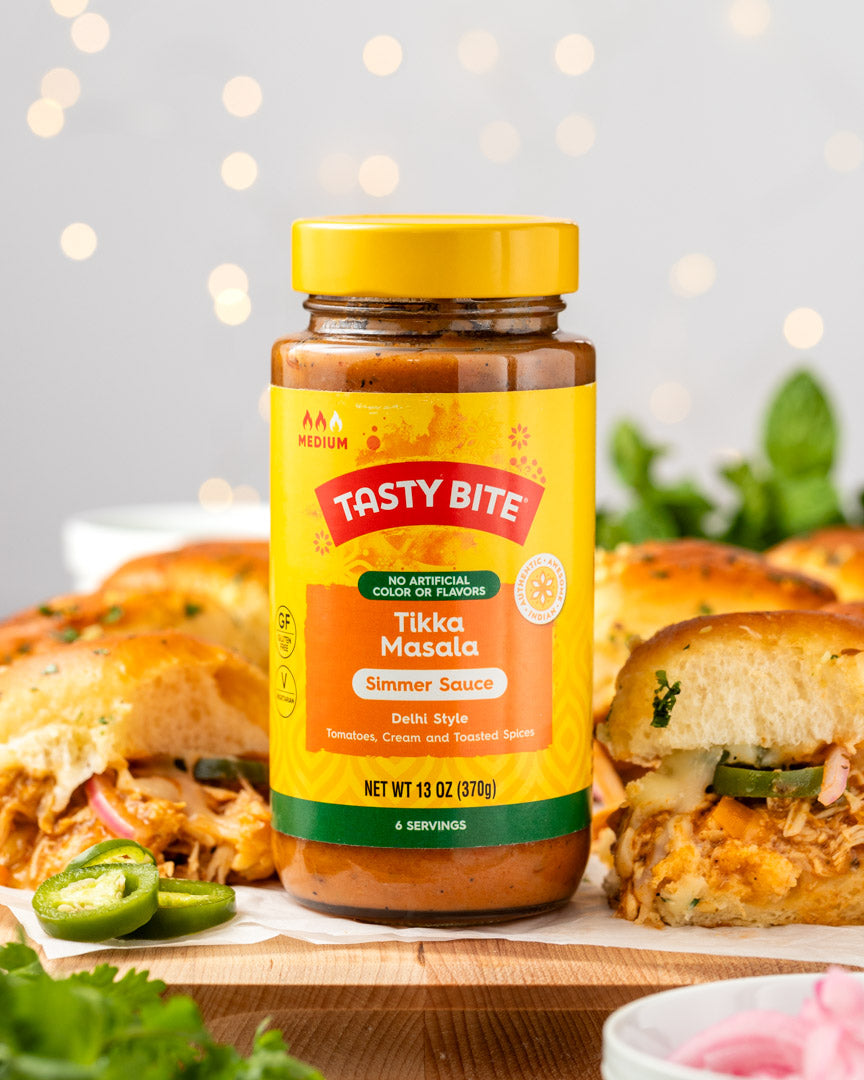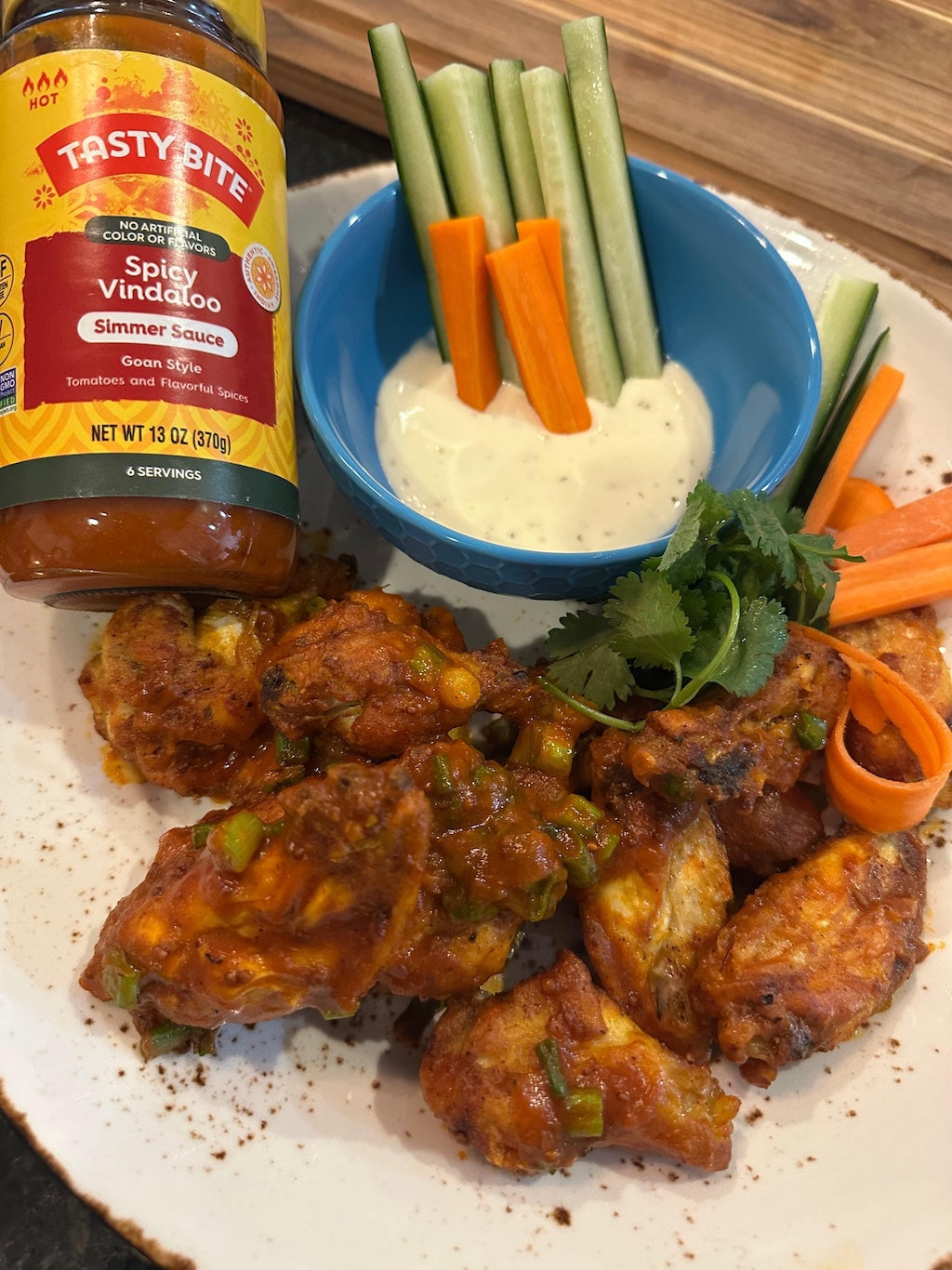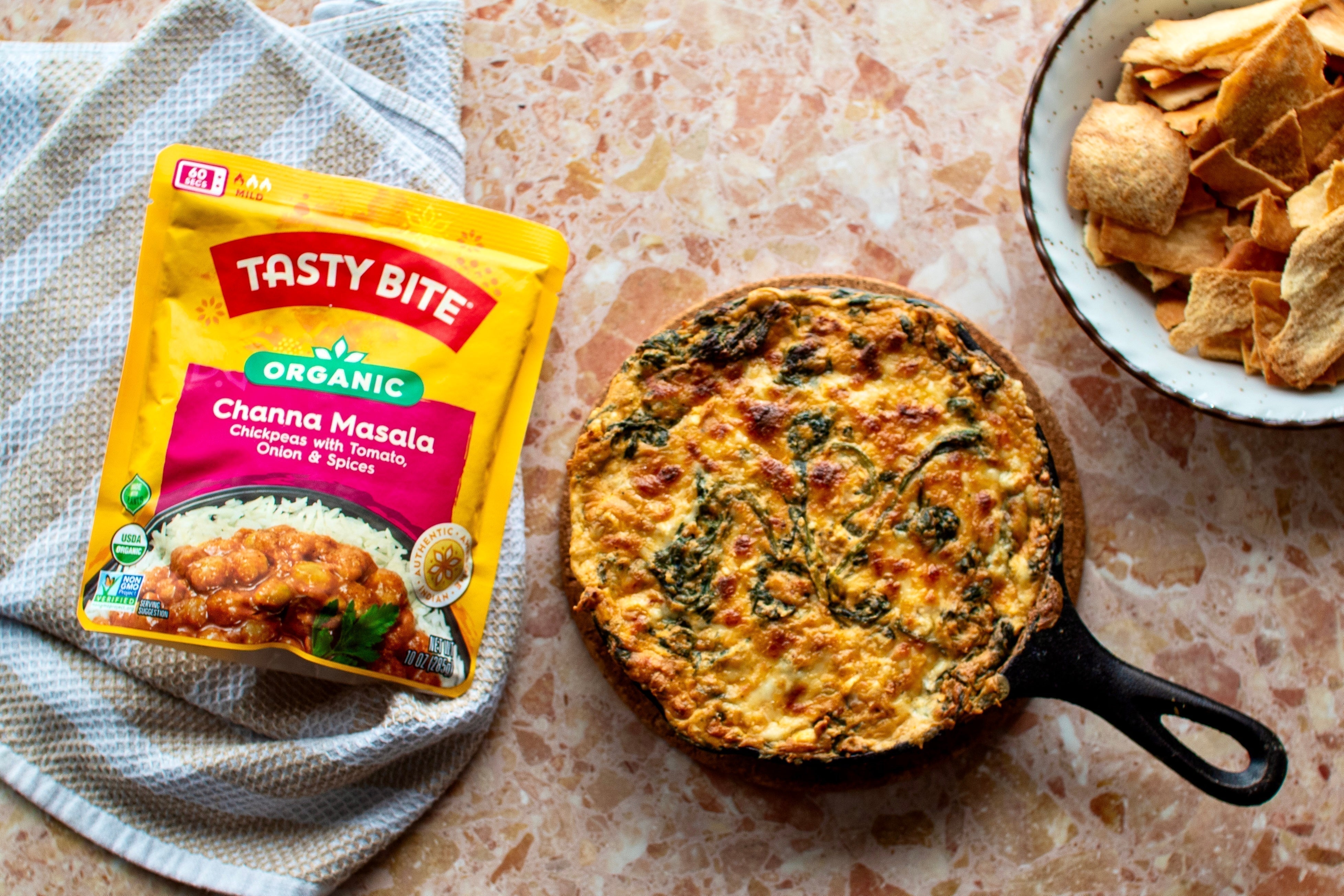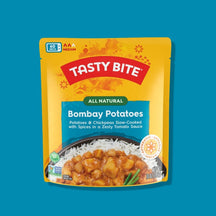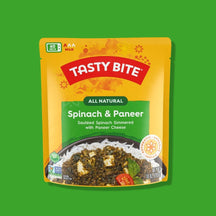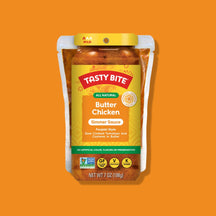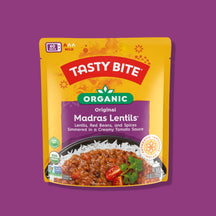Method
Ask anyone on the street if “waste” is a good thing, and you will hear a resounding “no”. Intellectually we all know that waste of any sort is not good, and yet, every year in the United States we needlessly waste over 63 million tons of food[1] (around 40% of our nation’s total food supply). “Oh no, not me” you say. Well, you are not alone. Three-quarters of surveyed Americans believe that they discard less food than the average American[2], but nearly 85% of all food waste happens in homes or in consumer-facing businesses such as restaurants, retail grocers, and cafeterias. Every month we each throw away 20 pounds of food on average. That is equivalent to 45 bananas, 2 turkeys or 16 potatoes! At the same time one in seven Americans, 46.7 million, is food insecure.
Sustainable America believes we can do better and so do we. Based in Stamford, Connecticut, Sustainable America [www.sustainableamerica.org] is a national non-profit organization with the mission to change America’s relationship with food and fuel. They are working to reduce the excess of waste in both sectors and to promote sustainable alternatives. From smart shopping guides [http://ivaluefood.com/resources/meal-plan-shop/meal-planning-guide/] to a new national food rescue locator [http://sustainableamerica.org/foodrescue/]–a free online tool that allows anyone with excess food (individuals, offices, events, restaurants, you name it!) to find a nearby group they can donate to–Sustainable America is putting together the pieces to reduce the excess of food waste in our country and put it to better use. Tasty Bite has been committed to social responsibility since its founding. From sustainable farming practices to worker education programs to global disaster relief, Tasty Bite has sought to make a positive mark on the world. With the recent rise in awareness about food waste and hunger in America, we knew we had to take action and partners like Ample Harvest [http://ampleharvest.org/] and Sustainable America are helping us do just that.
Sustainable America’s recipe for success is education + activation. They firmly believe that knowledge is power, but that knowledge alone is not enough. People must be equipped with the tools they need to turn knowledge into action. Their food waste reduction campaign, I Value Food [www.ivaluefood.com] is a testament to that. Explore the “Meal Reveal” [http://ivaluefood.com/index.php#breakfast] a meal-by-meal breakdown of how and where food waste happens or start by taking the food waste quiz [http://ivaluefood.com/quiz.php] to learn how much food you waste; and all roads lead to resources—handy tips, tools and creative ideas you can use to reduce wasted food at home, at work, in your schools, or in your communities.
Are you ready to make a difference? Just this week, Sustainable America launched a new online household challenge to reduce food waste. The I Value Food: Too Good To Waste Challenge [http://ivaluefood.com/challenge/] invites households to measure their typical weekly avoidable food waste–things like the rotten apple that never got eaten or the leftovers that got pushed to the back of the fridge and forgotten–and then implement smart strategies like meal planning, smart refrigerator stocking, and prep-cooking to reduce the amount of food wasted. Perhaps you’ve noticed a lot of food waste in your office or school cafeteria. Sustainable America’s We Value Food [http://www.ivaluefood.com/we-value-food.php] program for food service operations can help.
If we reduced food waste by just 15%, we could feed 25 million Americans every year—more than half of all people facing food insecurity in this country. We could save over $25 billion dollars on growing, preparing, transporting and purchasing food that never gets eaten ($200-$340 per household per year). We could save billions of gallons of water (the average American wastes 25,600 gallons of water per year tossing just six common food items in the trash: lettuce, almonds, apples, tomatoes, eggs and beef[3])–not to mention land, energy, and labor. Even in today’s busy, fast paced world we can all make a difference to our wallets, to our environment, and to those in need in our communities by making small tweaks to our habits. Join Sustainable America and Tasty Bite in being the change. Join is in taking the I Value Food: Food Too Good To Waste Challenge today! http://ivaluefood.com/challenge/.
[2] Neff RA, Spiker ML, Truant PL (2015) Wasted Food: U.S. Consumers’ Reported Awareness, Attitudes, and Behaviors. PLoS ONE 10(6): e0127881. doi:10.1371/journal.pone.0127881
[3] http://www.gracelinks.org/blog/6460/cut-food-waste-cut-water-waste





